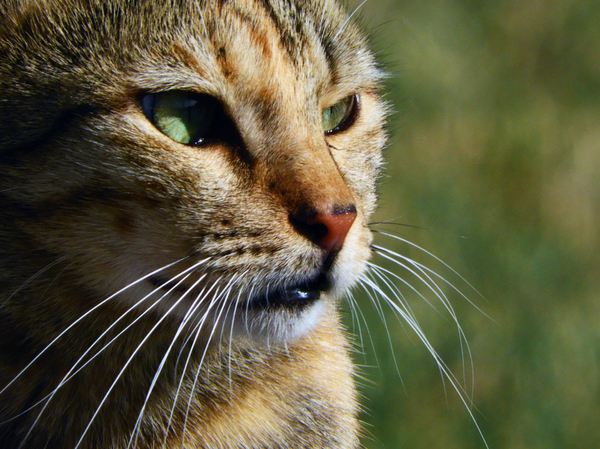Cat Litter and Environmental Sustainability: Finding a Balance
Cat Litter and Environmental Sustainability: Finding a Balance
Blog Article

Cat litter and litter boxes play an essential role in the lives of both felines and their owners. From the modest starts of sand and soil to the innovative developments these days, the world of cat litter has actually evolved significantly. In this extensive guide, we dig into every element of cat litter and litter boxes, exploring their history, types, advantages, obstacles, and whatever in between.
The history of cat litter go back centuries, with ancient civilizations utilizing sand, soil, and even ashes as primitive litter products. Nevertheless, it wasn't till the mid-20th century that modern-day cat litter as we understand it emerged. In 1947, Edward copyright presented the world's very first business cat litter made from absorbent clay, revolutionizing the way cats relieved themselves indoors. Ever since, cat litter has undergone numerous transformations, with the introduction of clumping litter, silica gel litter, biodegradable options, and more.
Today, cat owners are ruined for option when it pertains to picking the ideal litter for their feline buddies. Standard clay litter stays popular for its cost and effectiveness in taking in odors. Clumping litter, which forms solid clumps when wet, simplifies cleaning and upkeep. Silica gel litter, made up of extremely absorbent silica crystals, provides exceptional odor control and longevity. Biodegradable options, such as recycled paper, wood pellets, corn, and wheat, appeal to ecologically mindful consumers.
Each type of cat litter uses distinct advantages. Clay litter excels in its capability to take in moisture and control smells, making it a reliable option for many cat owners. Clumping litter streamlines everyday scooping and extends the time between total litter modifications. Silica gel litter offers exceptional odor control and Wood Cat Litter can last longer in between replacements. Naturally degradable litters offer a sustainable option that lessens environmental impact.
While cat litter boosts indoor feline hygiene, it is not without its challenges. Dust from clay litter can posture respiratory threats for both felines and human beings, triggering the popularity of dust-free options. Some felines may develop litter box hostility cat litter robot due to problems with texture, aroma, or cleanliness, demanding experimentation with different litters and box setups. Multi-cat homes may need strategic litter box positioning and frequent upkeep to prevent territorial conflicts and ensure all cats have access to tidy facilities.
Picking the appropriate litter box is necessary for promoting positive litter box routines and overall feline wellness. Aspects to consider consist of size, ease of access, and style preferences. Covered litter boxes offer personal privacy and assistance consist of odors, however some felines may discover them confining or daunting. Open-top litter boxes use easy access and presence but may lead to more litter scatter. Automatic self-cleaning litter boxes improve upkeep however require routine monitoring and maintenance.
Correct litter box maintenance is important for ensuring a tidy and inviting environment for both felines and their owners. Daily scooping removes waste without delay, decreasing odor and dissuading litter box hostility. Routine litter replacement, generally every 1-2 weeks, avoids bacterial Self Cleaning Litter Boxes buildup and keeps optimal absorbency. Comprehensive cleaning with moderate cleaning agent and water, preventing harsh chemicals that may prevent felines from utilizing the box, should be performed monthly.
Cat litter and litter boxes play a central role in fostering a healthy and harmonious relationship between cats and their human companions. With a diverse range of litter choices and litter box styles offered, feline owners have the versatility to customize their options to fit their felines' choices and home requirements. By comprehending the development, types, advantages, and obstacles of cat litter and litter boxes, family pet owners can supply their feline good friends with a comfortable and hygienic indoor environment.